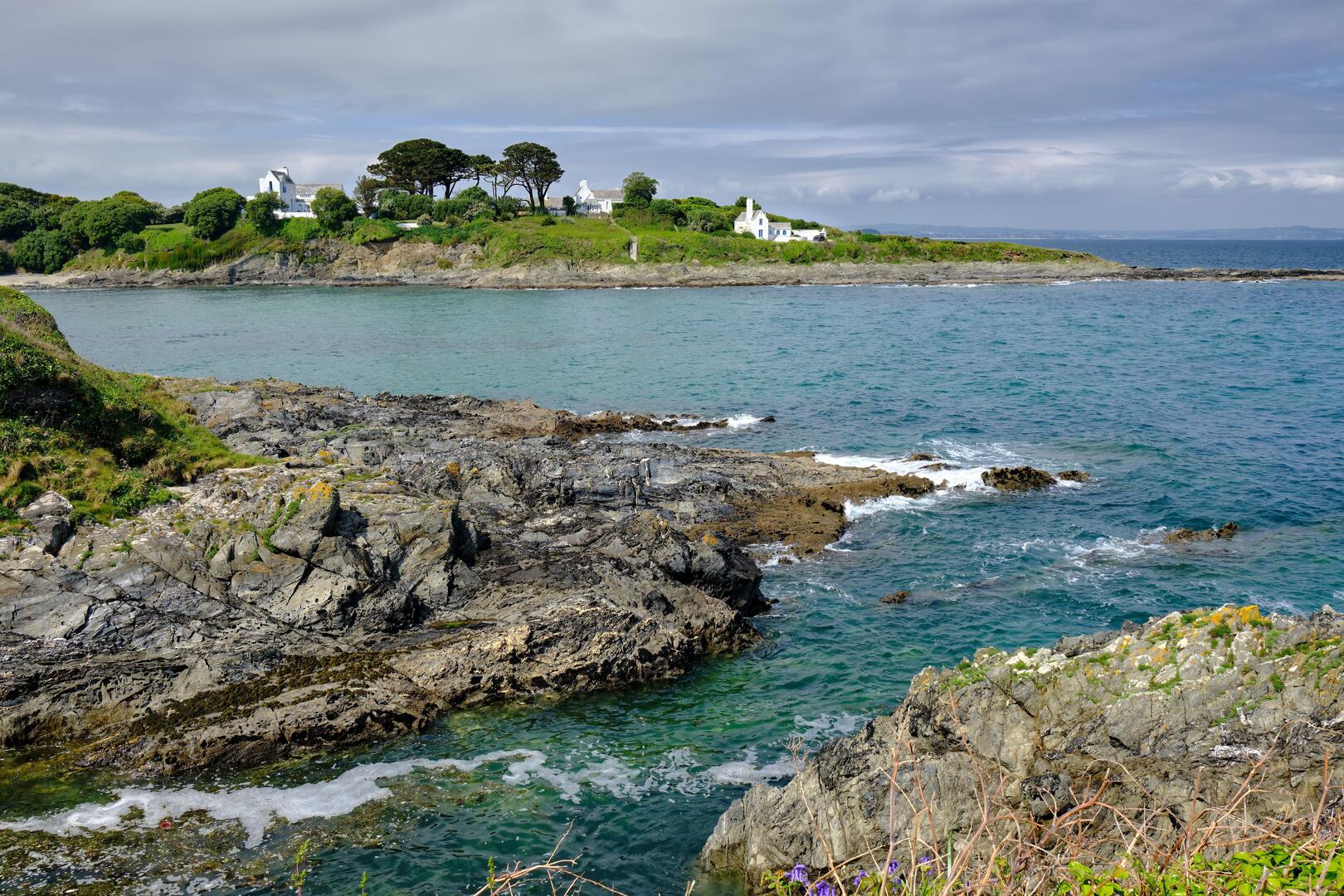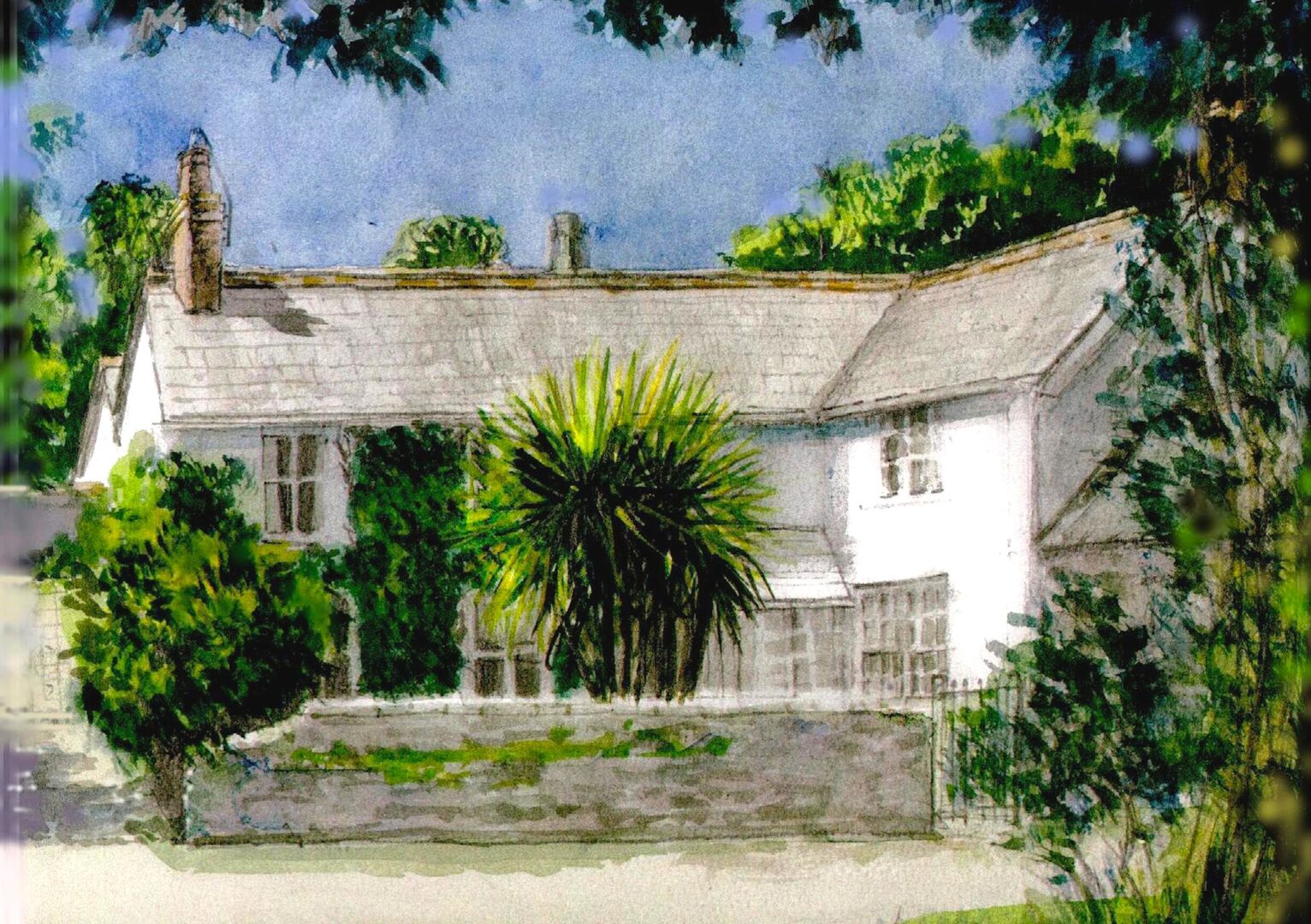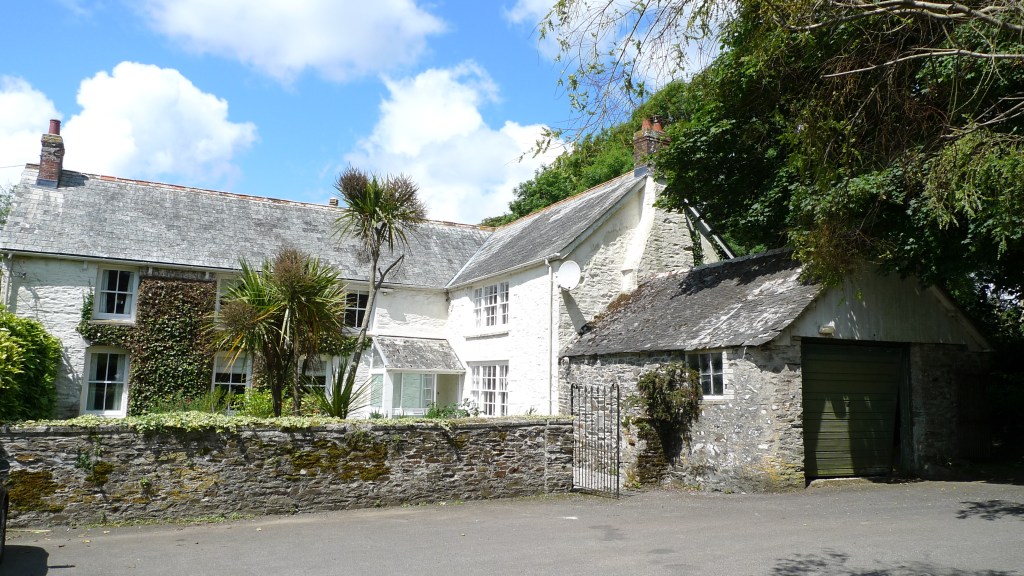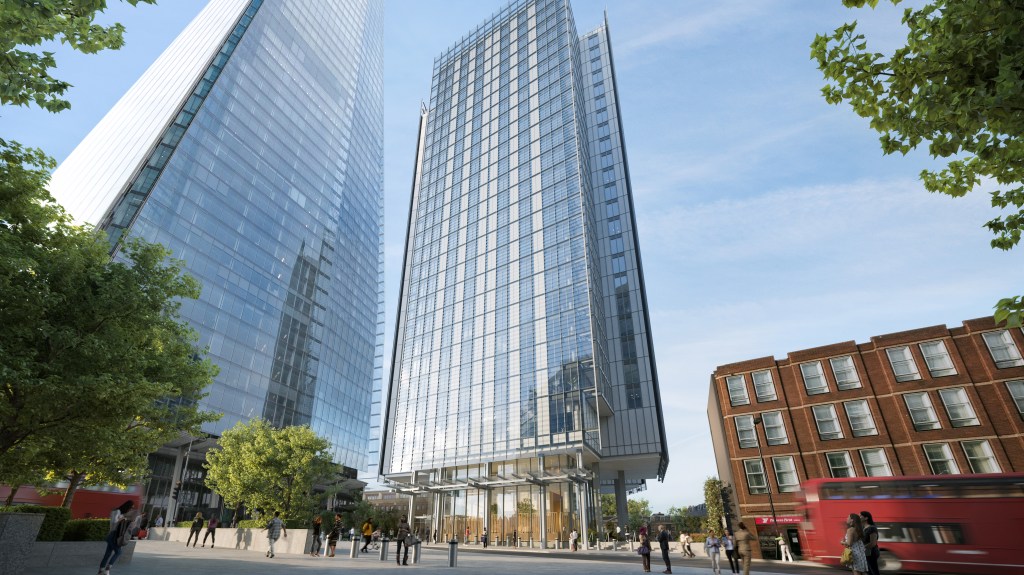The Colorful History of Tretheake Manor: A Cornish Legacy
While the War of the Roses is typically associated with the counties of Lancashire and Yorkshire, Tretheake Manor on the Roseland coast of Cornwall played a significant part in this historic civil conflict.
First mentioned in the Domesday Book of 1086, the manor was initially owned by the Tretheake family before it transitioned to the Bodrugan family. In the 15th century, it came under the stewardship of Sir Henry Bodrugan, a notable figure in the region, often regarded as the “chief ruler of Cornwall.” Despite his status, Bodrugan was widely rumored to be involved in piracy and theft.
Historian Melanie Backe-Hansen states: “Sir Henry Bodrugan is notorious for his violent actions and a string of unlawful deeds. Notably, during the War of the Roses, he found himself in conflict with Sir Richard Edgcumbe, who was loyal to Henry VII, while Bodrugan supported Richard III.”
On the Lancastrian side, Edgcumbe was convicted of treason in 1483 but managed to escape to Brittany, where he joined the exiled King Henry VII. He returned to England with Henry in 1485 to participate in the pivotal Battle of Bosworth, which led to his knighthood and ownership of Tretheake Manor. According to legend, when Edgcumbe’s supporters attempted to capture Bodrugan, he leapt from a cliff and made his getaway by boat, a location that is now known as Bodrugan’s Leap.

Edgcumbe held several prestigious roles at the royal court, including chamberlain of the exchequer, and was entrusted with various diplomatic responsibilities by Henry VII. He passed his estates to his 12-year-old son, Peter, who continued the family legacy in royal service and expanded their landholdings. The Earls of Mount Edgcumbe remained lords of the manor at Tretheake for nearly 500 years, from the 15th century into the 20th century.
Tretheake Manor, sometimes referred to as the manor farm, features a unique architectural style. Backe-Hansen notes, “The construction of Tretheake Manor displays a certain mystery, containing elements that date back to the 1500s along with later 18th-century modifications, including a false fireplace and removed chimney stacks.”
“One particularly intriguing feature is an external brick structure that is now concealed from the inside; it may have once functioned as an early staircase or even as a storage area for meat and game, potentially linked to the original kitchen. Despite its various styles and renovations, we know that the section to the right of the front door is the earliest part of the house,” she adds.
In 1986, Judi Foster and her husband, Ivan, along with their two children, moved into Tretheake from London. Judi speculates that “the front door used to be situated where the central window is” and believes that “the brick structure was likely a staircase, possibly external.” They also theorize that some of the room beams were sourced from shipwrecks along the coast.

Over the years, Tretheake has seen numerous tenants, including generations of the Thomas family. By the 1840s, Thomas Martyn became the resident. “Documents from that time clearly indicate the house along with its surrounding orchards, gardens and land remains connected to the Earl of Mount Edgcumbe, with Thomas Martyn occupying about 150 acres,” says Backe-Hansen. “The 1841 census shows a large household consisting of 45-year-old Thomas, his wife Jane, and their six children, alongside Elizabeth Martyn, 75, a female servant, and three agricultural laborers.”
By 1851, the manor was home to John Trounce, a farmer with 200 acres and three laborers. He lived with his wife, Ann, and their six children: George, John, Susan, William, Walter, and Martha Jane. Tragically, Ann passed away in February 1855, shortly after their daughter Martha Jane died at 12 years old—no cause of death was recorded for either. The Trounce family suffered great loss, as three of their children also died in infancy.
John remarried, this time to the widow Hannah Pearce, and together they had three more daughters, including Martha Jane born in 1865, about ten years after the previous Martha Jane’s death. The 1881 census indicates that the widowed John, then 77, continued farming 271 acres and employed four men and a boy. His son John and John’s wife, Susan, who together had five children, lived with him. Both John Trounce senior and junior passed away in the late 1880s, leading to the Trudgeon family taking residence.
The 1891 census recorded Thomas Trudgeon, 42, living at Tretheake with his wife Mary and their four young children—Paget, Francis, Elizabeth, and Beatrice. The couple employed two live-in servants at the time. By 1911, they had seven children, of whom three remained at home. Trudgeon thrived as a farmer and became involved in the community, eventually becoming a justice of the peace and serving as the chairman of the rural district council in 1919.
In the 1920s, Tretheake came into the possession of G Mason, and by the late 1930s, it was owned by Alfred James Julyan. The Julyan family resided at Tretheake until they sold it to Judi Foster and her family. Meanwhile, the Edgcumbe family had divested their remaining interests in the estate, including the manor, during the 1970s.




Post Comment